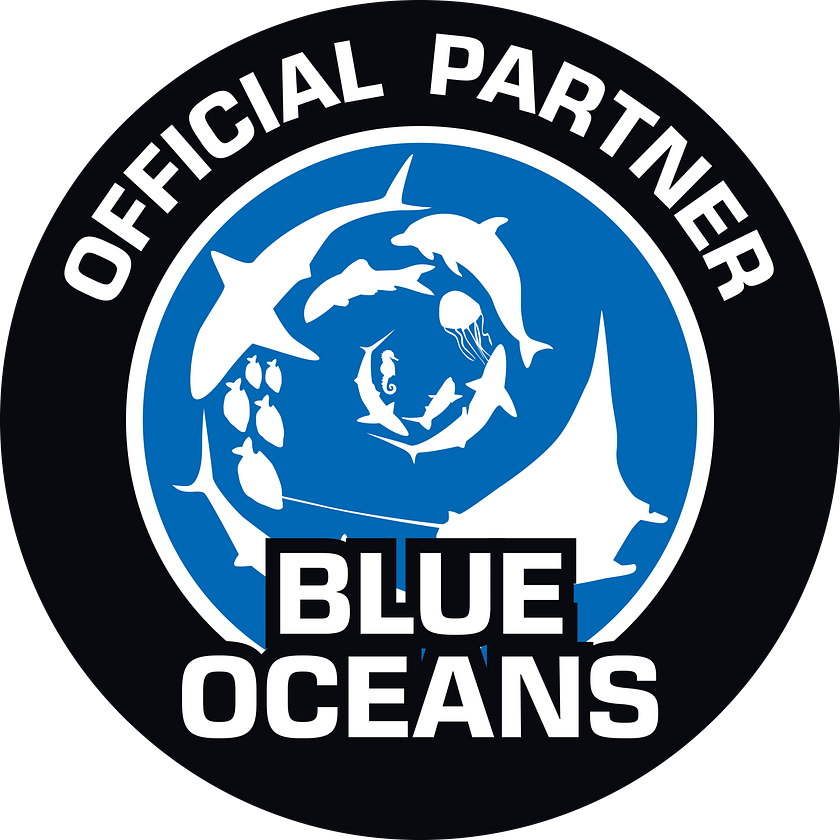Dives
Shore Dives in Gran Canaria
Diving from Shore
El Cabrón Beach
In the coastal area of the municipality of Agüimes, next to El Cabrón beach, is one of the best dive sites on the island.
This place is located in an area of such richness that it has been nominated to constitute the future Marine Reserve of Arinaga.
It is a very attractive dive for enthusiasts of the underwater world.
At a depth of over 12 m, the rocky platform has a 23 m drop-off that constitutes the El Cabrón reef, where the highest concentration of different species can be found, with an abundance of caves and crevices at its base that provide shelter for verrugatos, some specimens of brota and catalufas. In front of the reef there is a sandy area dominated by mullets, blacksmiths and the popular area of El Cabrón snorers, formed by an enormous shoal of fish. Throughout the whole length of the reef it is common to see specimens of abbot and grouper. The numerous crevices are also the ideal refuge for moray eels. But one of the greatest spectacles is undoubtedly to be found in the middle of the water, where you can see groups of two-horned seabreams and amberjacks swimming with their peculiar elegance.
For every level and for all tastes we have dives in the protected area of El Cabrón.
Our centre is only 5 minutes away from this marvellous dive site.
Difficulty: Medium.
Municipality: Agüimes
Location: Playa de El Cabrón (Arinaga)
Access: Land
Depth: Average 19 m – Max. 22 m
Current: Medium
Diving time: 45 min.
Difficulty: Low
Municipality: Agüimes
Location: Risco Verde (Arinaga)
Access: Land
Depth: Average 7 m – Max. 17 m
Current: Low
Dive Time: 50 min
Risco Verde beach
At the northern end of Arinaga beach, we find the bay of Risco Verde, on the outer limit of the future Arinaga Marine Reserve and close to the well-known beach of El Cabrón.
An ideal dive for those divers who wish to enjoy a quiet underwater walk full of small fish. The access in and out is quite easy from the stairs of the promenade itself. Taking a leisurely stroll around the Baja and exploring every nook and cranny can be an activity full of surprises. It is not unusual to find various moray eels waving with their teeth or some spiny puffer fish waiting for the night. The snorers, always crowded together, will try, uselessly, to go unnoticed. A beautiful and retracted spirograph adds a touch of tenderness, reminding us of the fragility of the environment. We must not forget to observe the “big blue”, as it is a passage area for pelagic fish such as fast tuna or some formidable amberjack.
Due to its access, marine life, visibility and low current, this is one of the best places for diving initiation (Try Scuba).
Our centre is just 100m from this wonderful dive site.
Tufia
Tufia has been declared a protected area since 1973 by the Government due to the discovery of archaeological remains that attest to the aboriginal life of the island in its early days, an area of approximately 54 hectares that preserves ancient constructions as well as a set of caves that open on the south side.
Once under water, you will witness and admire various layers of underwater lava, a multitude of caves and caverns waiting to be explored. A great variety of species where rays and moray eels stand out for their great representation in a dive with depths ranging from 12 to 22 meters.
Difficulty: Low / Medium
Municipality: Ingenio
Place: Tufia
Access: Land
Average Depth 12 m – Max. 22 m
Current: Medium
Diving Time: 45 min
Difficulty: Low
Municipality: Galdar
Place: Sardina del Norte
Access: Land
Average depth 12 m – Max. 18 m
Current: Low
Diving time: 45 min
Sardina del Norte Beach
In the Galdar neighbourhood of Sardina del Norte, there is one of the most popular diving spots for divers.
It is a large bay, sheltered from the onslaught of the ocean and the force of the wind, ideal for those who want to start diving, lovers of underwater photography and night diving.
That is why Sardina del Norte is an incredible refuge of biodiversity, where living beings of all kinds find here the perfect ecosystem in which to develop the stages of their life in protection.
Among others, we will find numerous types of invertebrates, fields of soft and hard corals, large schools of bicudas, grunts, sea breams, sardines, bogas, seahorses, triggerfish, frogfish or swallow fish, rays, the angel shark, stingrays, manta rays, sea eagles and quaking sharks.
A sea walk that runs from the small yellow sand beach to the last dock will allow us to prepare our equipment in complete comfort.
Access to the water, as well as the exit, is easiest from the stairs on one of the docks.






